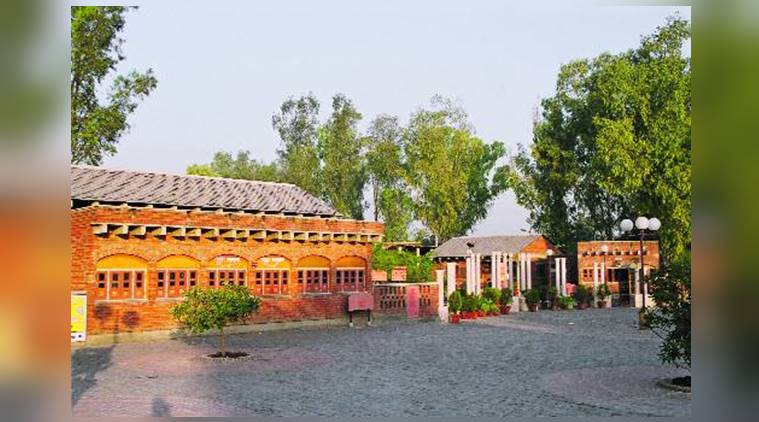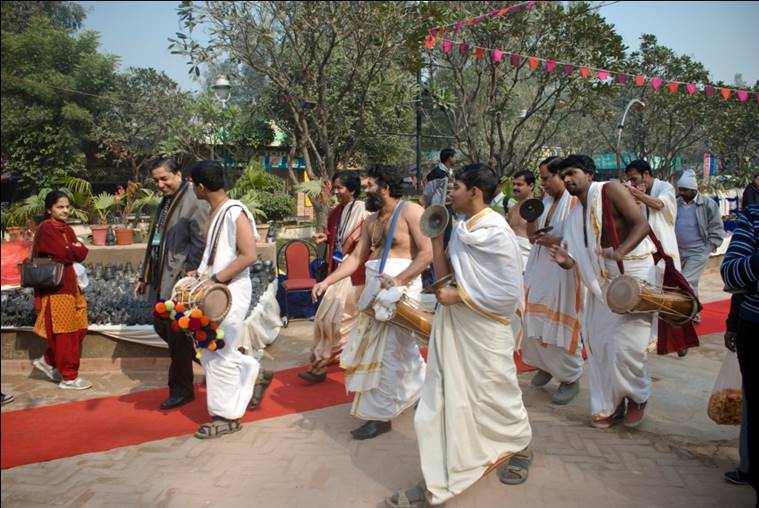
From Bengal’s grass mats to wooden furniture from Saharanpur, from Lucknow’s famed Chikankari to Manipur’s Longpi pottery, from Rajasthan’s kavad storytellers to Puducherry’s leather artisans, Dilli Haat brought the country a little closer through its crafts bazaar. Over 25 years, its annual Dastkari Haat Craft Bazaars have allowed a bit of rural magic to seep into the national capital’s cultural cup.
It all began with a stormwater drain and Kashmir. It was the early 1990s, and militancy in Kashmir had scared tourists away, leaving artisans without livelihoods. By then, Dastkari Haat Samiti was already holding its weekly haats near Hanuman Mandir, Connaught Place. Jaya Jaitly, its founder, had heard that there would be Rs 1.5 crore allocated for temporary bazaars for Kashmiri crafts. She met the then Prime Minister VP Singh to suggest a permanent space, where craftspeople from drought-hit Andhra Pradesh to earthquake-struck Gujarat, too, could sell directly. Land was allotted on a wide stormwater drain.
Pradeep Sachdeva, who designed the six-acre site near INA, sandwiched between Kidwai Nagar housing and Laxmi Nagar housing, had to make the most of the linear plot. Within a record time of a year, both the design and the construction of Dilli Haat were done, making it ready for its inauguration on March 28, 1994. “Since Aurobindo Marg is a busy arterial road, we decided to create a buffer zone. We raised the entrance plaza with ramps and steps so people couldn’t bring their cars right up to the entrance,” says Sachdeva.

Its barrier-free movement makes it an ideal urban space. However, the swelling metro traffic, auto stand and petrol pump chaos take away from the calmness the champa trees once afforded at the entrance. The idea for regional cuisine and regional craft all in one place was a first of its kind. Food courts were deliberately kept at the rear and corners so that they didn’t take away the primary focus of the bazaar. “We planned the stalls based on how vendors would use the space. It was the time Delhi was getting sleeker buildings. We wanted a complex that would not intimidate its users from smaller towns, and, may even inspire people towards a simpler brick-and-stone aesthetic,” says Sachdeva.
While it continues to be an equitable space, where anyone from a villager to a film star feels welcome, the takeover of traders selling suitcases and fake pashminas is making the once “fair price, no bargain” zone into a local mandi. Jaitly informs that the unfair rentals and online bidding for stall owners by Delhi Tourism have unsettled the craftspeople and she hopes Sachdeva’s plan to revamp the food courts and stalls will help in making artisans feel welcome again, and give visitors a chance to buy better quality products, straight from the weavers.
This article appeared in print with the headline: Building Blocks: To Market, To Market